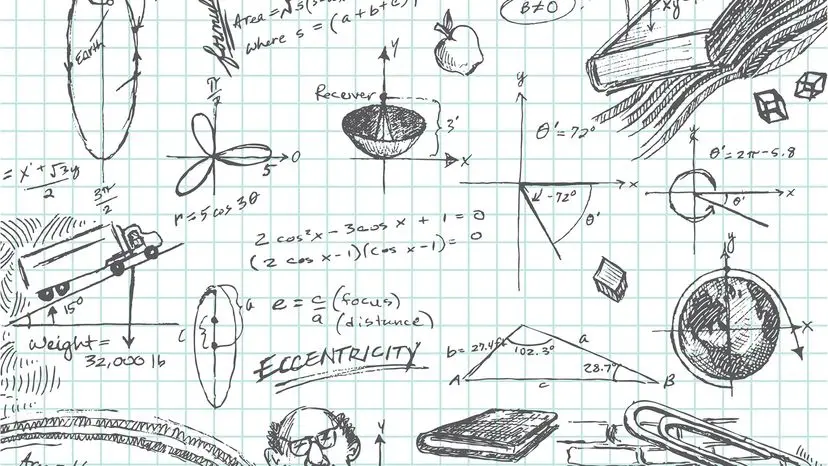Вивчення англійської мови може бути простим і захопливим, якщо підібрати відповідні матеріали та комфортний темп. На цьому сайті зібрані адаптовані тексти англійською, статті для читання та онлайн вправи, які підлаштовуються під рівень знань.
Тут можна почати англійську для початківців або навіть з нуля — усе повністю безкоштовно і доступно без реєстрації. Кожна стаття адаптована за рівнями (A1, A2, B1 і вище), щоб процес не перевантажував, а допомагав рухатися вперед і відчувати прогрес.
Для тих, хто хоче вивчити англійську мову самостійно, пропонуються різноманітні інструменти: читання англійською мовою онлайн, вправи з англійської граматики, практика англійської мови та тренажер англійських слів.
На сайті можна знайти англійські тексти з перекладом, щоб легше розуміти зміст нових слів, та англійські статті з різних тем — подорожі, робота, культура, повсякденне життя.
Якщо стоїть мета швидко вивчити англійські слова та покращити граматику англійської онлайн, підійдуть спеціальні інтерактивні завдання та рекомендації.
Для зручності є додаток для вивчення англійських слів та виразів, який нагадує про нові слова та допомагає закріплювати їх.
Усі матеріали створені так, щоб персоналізоване навчання англійській мові стало простим, доступним та результативним.
Unlocking the Secrets of Identical Angles

Geometry often feels like solving a fun puzzle. To successfully put the pieces together, one of the most important things to understand is how angles behave. Among these, "congruent angles" are a fundamental concept that helps us make sense of shapes and spaces.
What Does "Congruent" Mean for Angles?
When we say two angles are congruent, it simply means they are exactly the same size. Imagine you have two slices of pie, and both are cut at precisely the same angle – those angles would be congruent. They have the same measurement in degrees.
In geometry, we have a special symbol for congruence: ≅.
So, if Angle A measures 45 degrees and Angle B also measures 45 degrees, we can write it like this: Angle A ≅ Angle B. This tells us immediately that they are identical in size.
Where to Find Identical Angles
When Lines Cross
Look around you at any 'X' shape, like crossroads or scissor blades. When two straight lines intersect, they create four angles. The angles that are directly opposite each other are always congruent. These are called vertical angles. If you know the measure of one angle, you immediately know the measure of its opposite partner.
With Parallel Lines
Think of two train tracks running side-by-side (these are your parallel lines) and a road that cuts across both of them (this is called a transversal line). When this road crosses the tracks, it creates several interesting pairs of congruent angles:
- Corresponding Angles: These are angles that are in the "same spot" at each intersection. For example, the top-left angle where the road crosses the first track will be congruent to the top-left angle where it crosses the second track. They mirror each other's position.
- Alternate Interior Angles: These angles are found *between* the two parallel lines, but on *opposite sides* of the cutting road. If you find an angle on the left side between the tracks, its alternate interior partner will be on the right side between the tracks, and they will be congruent.
The Logic of Angle Pairs
Sometimes, angles work together in pairs, and knowing about congruence can help us find missing measurements even when angles aren't directly identical.
Angles Adding to 180 Degrees
If two angles together form a straight line, they add up to 180 degrees. These are called supplementary angles. If you have two different pairs of supplementary angles, and you know that one angle from the first pair is congruent to one angle from the second pair, then their "supplements" (the other angles that complete the 180 degrees) must also be congruent. It's like having two pizzas, each cut in half. If both 'first halves' are identical, then both 'second halves' must also be identical.
Angles Adding to 90 Degrees
Similarly, if two angles add up to exactly 90 degrees (forming a right angle), they are called complementary angles. The same logic applies: if you have two pairs of complementary angles, and one angle from the first pair is congruent to one from the second, then their "complements" (the angles that complete the 90 degrees) will also be congruent.
Why Does This Matter?
Understanding congruent angles isn't just for geometry class. It's a fundamental concept used in many real-world applications. Architects use it to ensure buildings are stable and symmetric. Engineers rely on it to design everything from bridges to circuits. Artists and designers even use these principles to create balanced and visually pleasing patterns.
It helps us understand the structure and symmetry in the world around us, from the tiles on your floor to the framework of a bicycle.
Become an Angle Detective
The next time you look at a building, a piece of furniture, or even just lines drawn on paper, try to spot these identical angle patterns. Recognizing congruent angles is a powerful skill that helps unlock more complex geometric problems and gives you a deeper appreciation for the logic that shapes our world.
Вивчення англійської мови онлайн відкриває нові можливості для саморозвитку та кар’єри. Адаптовані статті та тексти допомагають поступово збільшувати словниковий запас і впевненість у використанні англійської.
Регулярне читання та виконання вправ роблять процес навчання звичкою, яка приносить результат. Чим частіше ви взаємодієте з англійською мовою, тим швидше помічаєте покращення.
Матеріали на сайті підходять як для початківців, так і для тих, хто продовжує вдосконалювати знання. Кожен може обрати зручний формат: читання, вправи, тренажери чи комбінацію всіх методів.
Англійська мова — це ключ до нових можливостей: подорожей, роботи за кордоном, доступу до світової інформації та спілкування без кордонів.
Почніть вчити англійську вже сьогодні — з простих адаптованих текстів та вправ. Поступово ви побачите прогрес, а навчання стане природною частиною вашого життя.